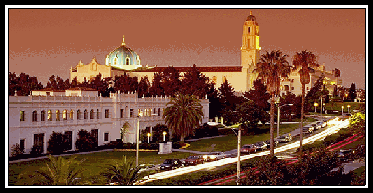
FUNDAMENTALS OF BUSINESS ECONOMICS
 |
| Summer 2011 |
 |
Graduate (S) Business Administration 503 FUNDAMENTALS OF BUSINESS ECONOMICS |
|
|
|
| | HOME | SYLLABUS | CALENDAR | ASSIGNMENTS | ABOUT PROF. GIN | |
C. Measuring the Labor Market1. Unemployment rate
.
.
- Excludes people in institutions, children, people in armed forces, those not seeking work (homemakers, students, etc.) - Excludes discouraged workers - people who previously worked but are not currently seeking work because of economic concerns .
a. Surveys (1) Current Population Survey (Household Survey) - monthly survey of 60,000 households - Used to estimate unemployment rate - 25% of households replaced every month . (2) Establishment Survey - monthly survey of 160,000 businesses and government agencies from a database of 400,000 existing worksites - Used to estimate employment growth . b. Timing - Released on first Friday of each month - Interviews occur during week which includes the 12th of the month .
. . .
. . . 2. Types of unemployment a. Frictional unemployment
b. Structural unemployment
c. Seasonal unemployment
. . . . . . . . . d. Cyclical unemployment
. 3. Problems with the unemployment rate a. Overstates economic hardship
b. Understates economic hardship
c. Doesn't account for underemployment
d. Lags economic activity
. 4. Other measures a. Employment rate
. . . b. Length of time needed to find job
. |